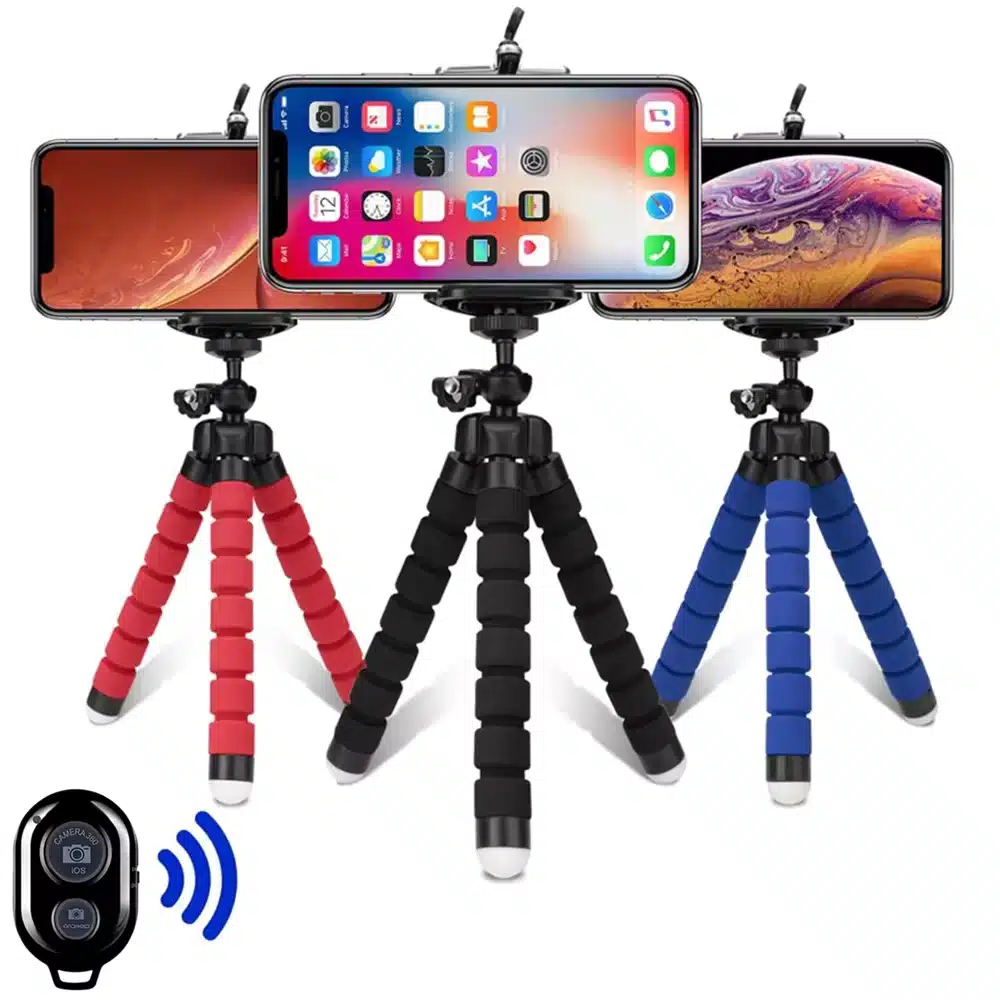Best AI Robots for Kids in 2025: Interactive Learning and Emotional Support
The future of kids’ education and emotional development is here, thanks to AI robots. In 2025, AI robots have evolved to become invaluable tools for both learning and emotional support. These robots provide a unique blend of fun, interaction, and personalized guidance, catering to the different needs of children. Whether you’re seeking a robot to assist with your child’s education, provide emotional intelligence training, or simply offer a fun and engaging companion, this guide highlights the top AI robots for kids in 2025.
Why AI Robots are Essential for Kids’ Learning and Emotional Growth
AI robots are rapidly becoming an integral part of modern parenting, offering a way to teach kids essential life skills while providing emotional support. By integrating artificial intelligence with everyday interactions, these robots provide personalized educational content that adapts to the child’s individual needs, age, and learning pace.
As children engage with these robots, they develop important skills, including critical thinking, problem-solving, social-emotional awareness, and even coding. Moreover, robots like Miko 3 and Loona go beyond academics by helping children manage emotions, build empathy, and practice social interactions—critical skills in today’s world.
The increasing demand for AI robots in kids’ learning environments is reflective of a shift toward more immersive, technology-driven educational tools. These robots aren’t just toys—they are companions that assist in the holistic development of children.
Best AI Robots for Kids 2025: Top Picks
Here are the most recommended AI robots for kids in 2025 based on their educational value, interactive features, and emotional intelligence capabilities:
1. Miko 3: Best Emotional AI Robot for Kids
Miko 3 is one of the most talked-about AI robots for kids in 2025. This robot serves as an emotional companion, offering support during times of distress and joy alike. Through emotional intelligence features, Miko 3 can detect a child’s mood and provide relevant responses to help children regulate their emotions, develop empathy, and interact in a socially aware manner.
Not just focused on emotions, Miko 3 also helps children with their learning journey by providing personalized educational content across a variety of subjects, from STEM to languages. Whether your child is learning new concepts or seeking emotional comfort, Miko 3 is a must-have.
Find more details on Miko 3 in our Miko AI Robot Review 2025.
2. Eilik: Best AI Robot for STEM Learning
Eilik is an engaging and interactive robot that’s perfect for kids interested in STEM education. Designed for children aged 7 and above, Eilik encourages kids to explore the world of coding, engineering, and robotics through hands-on activities. This robot fosters critical thinking and problem-solving skills by allowing children to interact directly with the robot and program it for various tasks.
By focusing on practical applications of STEM concepts, Eilik makes learning enjoyable and accessible. It’s one of the best choices for introducing kids to the world of technology and engineering.
To discover more about Eilik and other interactive robots, visit our Best Interactive AI Robots page.
3. Loona: AI Robot for Emotional Growth
For kids who need help with emotional regulation, Loona is a fantastic choice. This AI robot is designed specifically to support children’s emotional development. Loona recognizes emotional cues and engages children in conversations that help them identify and manage their feelings.
Not only does Loona provide emotional support, but it also helps kids practice social skills such as empathy, patience, and kindness. Whether it’s comforting your child during a challenging moment or encouraging them to express their feelings, Loona is there every step of the way.
Explore Loona and learn more in our Loona AI Robot Review 2025.
4. Astro: AI Smart Home Companion for Kids
Astro by Amazon is a smart home robot that also doubles as a fun and educational companion for kids. It integrates with other smart home devices, enabling children to learn how to control their environment through voice commands and simple tasks. Astro is designed to engage kids with educational games, stories, and even security features, such as home monitoring.
For children interested in learning about technology and how smart homes work, Astro is an interactive, multifunctional robot that brings education into everyday life.
For a closer look at Astro, read our Astro AI Robot Review 2025.
How AI Robots Support Emotional Development
One of the most unique features of AI robots for kids is their ability to support emotional growth. These robots are equipped with emotion recognition technology, allowing them to respond to a child’s emotional needs. Whether a child is feeling sad, frustrated, or happy, these robots offer comforting responses, helping children navigate their emotions.
Miko 3 and Loona are two such robots that help kids build empathy, resilience, and social awareness. These robots provide a sense of emotional security and offer children a safe space to express themselves.
Emotional growth through AI robots is vital, especially for young children who are still developing self-regulation skills. With the support of robots, kids can learn to identify and manage their emotions, improving their social interactions and emotional well-being.
Interactive Features of AI Robots for Kids
AI robots for kids are equipped with a variety of interactive features that make learning fun and engaging. From voice recognition to touchscreens and motion sensors, these robots are designed to keep children engaged through interactive play.
For example, Eilik and Astro allow children to participate in activities like programming, storytelling, and problem-solving, keeping them active and engaged. Interactive robots encourage kids to think critically, follow instructions, and solve problems in a fun and hands-on manner.
The interactivity of these robots ensures that learning is not only educational but also entertaining, motivating kids to stay engaged and curious.
Comparison Table: Best AI Robots for Kids in 2025
| Robot | Best Feature | Age Range | Educational Focus | Emotional Support |
|---|---|---|---|---|
| Miko 3 | Emotional intelligence, Personalized Learning | 5+ | STEM, Emotional Growth | High |
| Eilik | Interactive learning, Problem-solving | 7+ | Coding, STEM | Moderate |
| Loona | Emotional development, Empathy | 5+ | Social Skills, Empathy | High |
| Astro | Smart home assistant, Security monitoring | 10+ | Home Automation, Fun | Low |
This table helps parents compare key features of each robot, allowing them to select the most suitable one based on their child’s developmental needs.
FAQs
Q: What are the best AI robots for kids in 2025?
A: Miko 3, Eilik, Loona, and Astro are the best AI robots for kids in 2025. They provide a blend of educational content, emotional support, and interactive features.
Q: Are AI robots safe for kids?
A: Yes, all the robots listed in this guide are designed with child safety in mind. They adhere to strict safety standards and use child-friendly materials.
Q: How do AI robots help with emotional development?
A: AI robots like Miko 3 and Loona offer emotional support by recognizing a child’s feelings and providing comfort, encouraging empathy and self-regulation.
Q: Can AI robots teach kids coding?
A: Yes, Eilik is an excellent choice for teaching kids coding and other STEM concepts in an interactive, hands-on way.
Conclusion: The Future of AI Robots for Kids
AI robots for kids are not just futuristic gadgets—they are transforming how children learn, grow emotionally, and interact with technology. With robots like Miko 3, Eilik, Loona, and Astro, children can gain valuable skills, from coding and problem-solving to emotional regulation and empathy.
As AI technology continues to evolve, these robots will only become more integrated into children’s lives, offering endless opportunities for growth, learning, and fun.
For more information on the best AI robots for kids, explore our other pages:

 AI Bot Tech Hub
AI Bot Tech Hub






